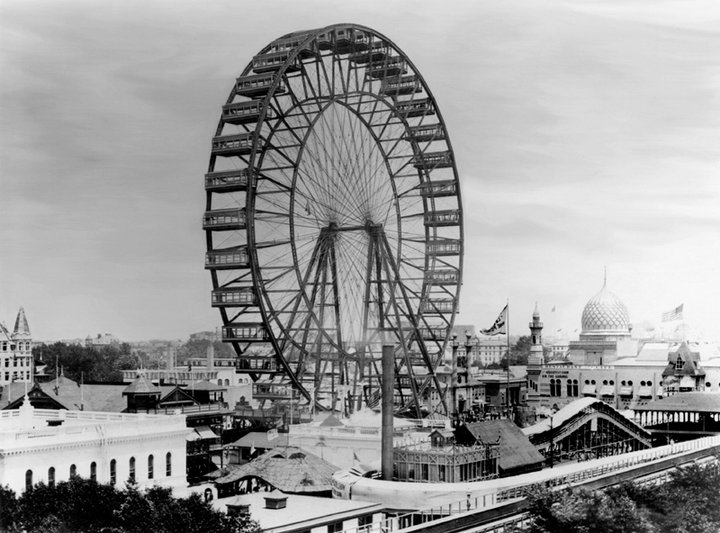I can’t see steps without a desire to climb them. And be still my heart when an opportunity presents itself—perhaps in an old castle or cathedral—to ascend a long spiral stairway. The best, the very best, are those tight stone steps where you have to squeeze against the wall to allow a fellow stair-lover to pass. We were just in Edinburgh, where two monuments—the Nelson Monument (143 steps) and the Scott Monument (287) offer just such delights. At three pounds ($4) a pop, they’re cheap thrills.

Scott Monument, Edinburgh (Saffron Blaze, Creative Commons)
As a species, I think we’re drawn to heights because our recent ancestors were tree-dwellers. By “recent,” I mean five million years ago, give or take. Lucy, for instance, our three-million-year Australopithecus afarensis ancestor had strong tree-climbing, branch-hanging arms. I was reminded of this four years ago, watching from a boat early one morning as an orangutan woke and stretched his gangly limbs in a nest way up in a tree by the Kinabatangan river in Sarawak. The safest place to be when you’re asleep and vulnerable is high.

Orangutan, Borneo (Barry Evans)
As the climate in Africa changed, forests morphed into savanna and those hardy ape-like pre-humans were forced by circumstances to adapt to treeless plains—hence bipedalism, big brains, tool-making, the invention of fire: the whole catastrophe. And the loss of what had previously been a three-dimensional environment, where height played an important part in one’s survival, to a two-dimensional flatland.
Fast forward to 1893, Chicago, where George Ferris’s original Ferris Wheel transported awestruck earthlings 250 feet up above the flatlands of the Midwest. As I’ve written before (GOU, July 10, 2016) I’m haunted by the idea that they were able to taste the wonders of the third dimension just a few minutes after standing on terra firma (perhaps the same sort of gobstruck emotion as seeing a total eclipse of the sun for the first time!).

The Ferris Wheel built for the 1893 World’s Columbian Exposition had a capacity of 2,160 passengers: 40 seated, 20 standing in each of 36 cars. (Public domain)
And we still crave to experience the third dimension, hearkening back, in this telling, to our tree-dwelling forebears. Scuba divers and free divers understand this, as do pilots of small planes and sky divers (commercial flying doesn’t quite do it—too encapsulated). And kids of all ages who can’t look at a tree and start planning their route up, limb by limb.
In this country, the Washington Monument used to make a stair-climber’s “best of” list. I didn’t realize it at the time, but I was one of the last people to head up its 898 steps before they closed the staircase in 1976 — something about health concerns, insurance, public safety — you know the litany. Just look at a kid’s sanitized playground today compared to when you were young.
“Because it’s there” is supposedly why climbers risk life, limb, fingers and toes to rise to Earth’s highest peaks. I’d add, “Because it’s up.” We’re drawn to “up” the same way we’re drawn to fire: it’s in our genes.
CLICK TO MANAGE